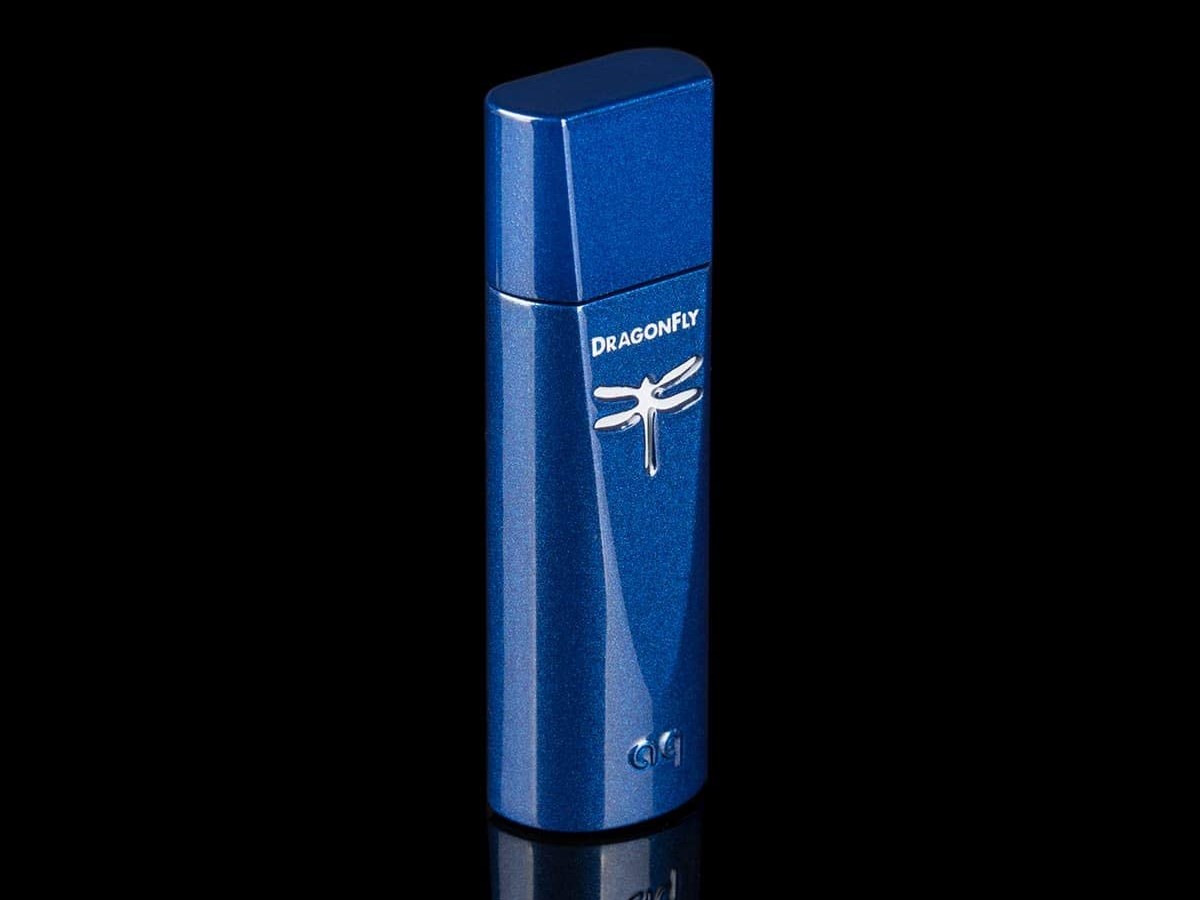

I've heard this set played through many a piece of much more expensive digital hardware without this conviction, and yet the Cobalt achieves all this without emphasising the sometimes hard edge of these recordings: it's raw and exciting, but never fatiguing. Playing Led Zeppelin's Mothership compilation, the Cobalt's fast, impactful drive is superb, but even more attention-grabbing is the combination of bass weight and openness this little stick delivers. Yes, if you play compressed files from a phone into a top-quality system, the Cobalt can't work miracles – after all, the limitation is in the source material – but at CD quality and beyond, this is a quite remarkable piece of digital hardware, whether used to drive decent 'phones or as a line-level source. And works superbly, with a power, dynamic ability and definition sufficient to make many a conventionally-sized DAC seem rather silly. Īll of that bears out AudioQuest's 'plug 'n play' claims, especially as we've had problems with previous DragonFly units on the end of various Melco players: this one just works, seemingly whatever you connect it to.

However, even the impressive graphs didn't prepare me for just how good this tiny DAC sounded, whether connected to my iPhone using the Apple Camera Adapter, hung off a budget Archos tablet via the DragonTail, used with one of my computers or – particularly – fed from a Melco music library. Our esteemed editor is not often given to shows of emotion, but when I collected the Cobalt from him for listening, he was positively beaming at the exemplary results it had achieved in lab testing.

DRAGONFLY COBALT SOFTWARE
The DragonFly Cobalt is designed to be plug-and-play with all those operating systems, and like all its siblings lights up its insect logo to identify the incoming signal: green indicates 44.1kHz, blue 48kHz, yellow 88.2kHz and magenta 96kHz, with purple when the MQA renderer is triggered by a signal from software offering MQA unfolding, and red when the Cobalt is in standby. Although other adapter cables may be needed for some handheld equipment, the compact Cobalt comes complete with a USB-C-to-A DragonTail to enable it to be connected to units using USB-C ports.
DRAGONFLY COBALT PORTABLE
Like all the DragonFly models, the Cobalt is designed for use with Windows, Mac and Linux computers as well as Android and iOS portable devices. In the Cobalt, close attention has been paid to power supply noise, with additional filtering aimed at improving immunity to interference from Bluetooth, mobile phone/data and Wi-Fi signals, all of which can impinge on sound quality. It also uses his 'monoClock' technology, in which a single clock derived from the DAC chip also governs the microcontroller functions.
DRAGONFLY COBALT CODE
However, there are differences even though, like all AQ's DragonFly models, the Cobalt is based around the 'StreamLength' asynchronous-transfer USB code developed by digital designer Gordon Rankin. That's more than sufficient to drive most headphones, as well as operating as a true line-level device with pre- or integrated amps when its 'bit-perfect' digital volume control is advanced to max. It's an absolute cracker, and worthy of use way beyond its intended portable applications.Īt first glance it seems similar to the Red, handling content natively up to 96kHz/24-bit (higher rates are downsampled), has built-in MQA decoding, and claims a 2.1V output from its direct-coupled ESS Sabre 9601 amplifier. Those familiar with the existing DragonFly models may wonder whether pushing the price up towards £300 might be a leap too far for this tiny device, but the Cobalt not only shows its stablemates a clean pair of heels, but achieves remarkable levels of performance for an outboard DAC, regardless of dimensions. Now comes an even more elevated version, the £270 DragonFly Cobalt, in an even more compact bright blue housing with silver lettering.

Not that AudioQuest has rested on its laurels: it upped its game by spinning the first model into the highly affordable DragonFly Black (around £89) while enhancing the specification to create the DragonFly Red (around £170), with improved internal circuitry and notably better headphone driving capability. Since it launched its original DragonFly DAC/headphone amp in 2012, housed in a USB stick and aimed at laptop users, it has seen a raft of similar designs hitting the market from rival manufacturers. If the sincerest form of flattery is imitation, then AudioQuest must be feeling very flattered indeed. The latest 'DAC in a USB stick' may look like AudioQuest's previous efforts, but it's a very different beast – and a conspicuous bargain for use in the home or on the hoof


 0 kommentar(er)
0 kommentar(er)
